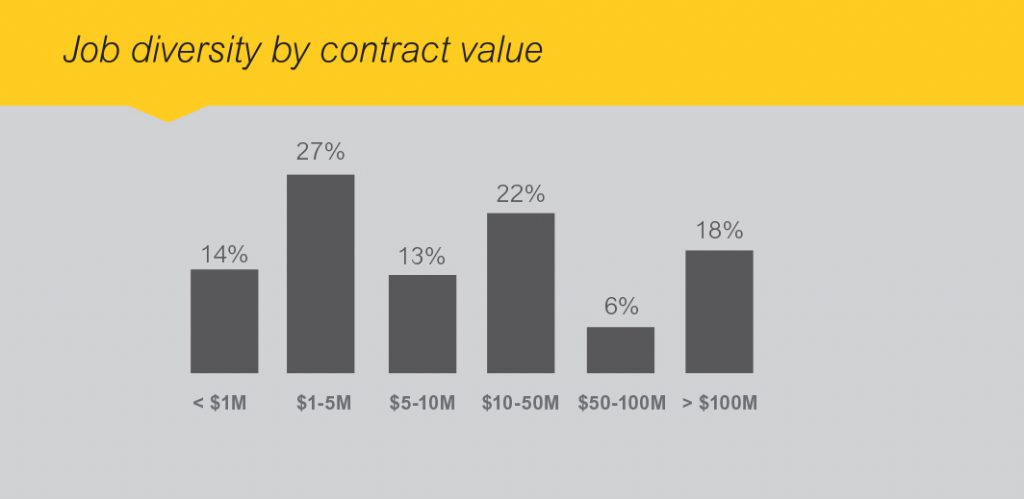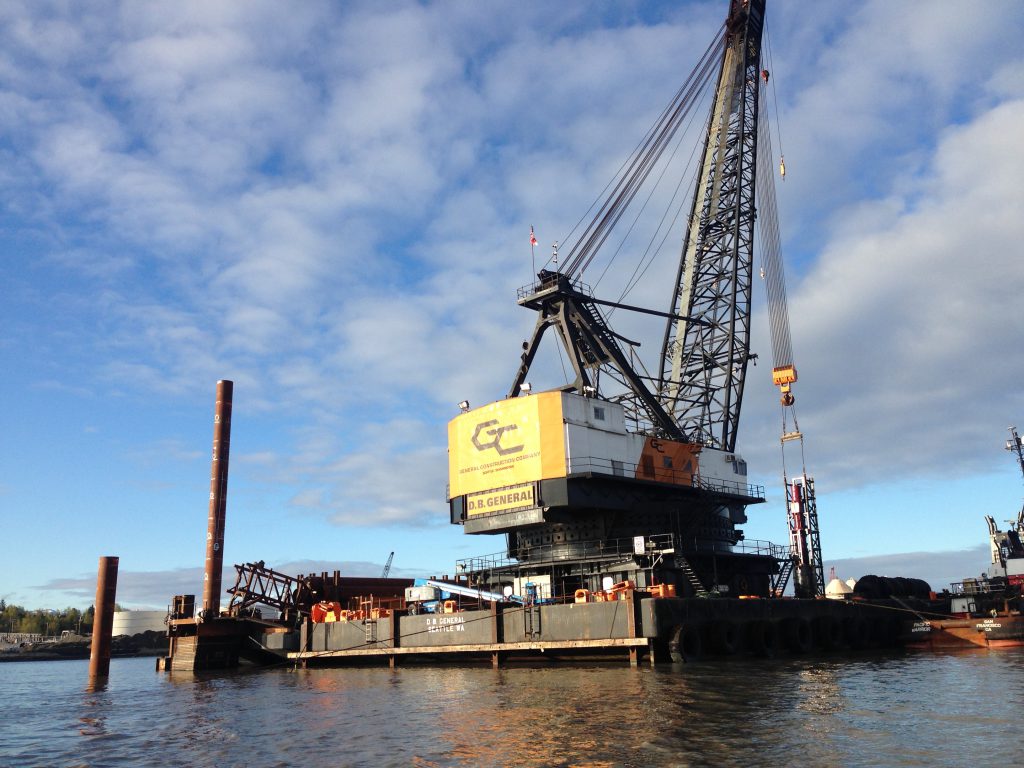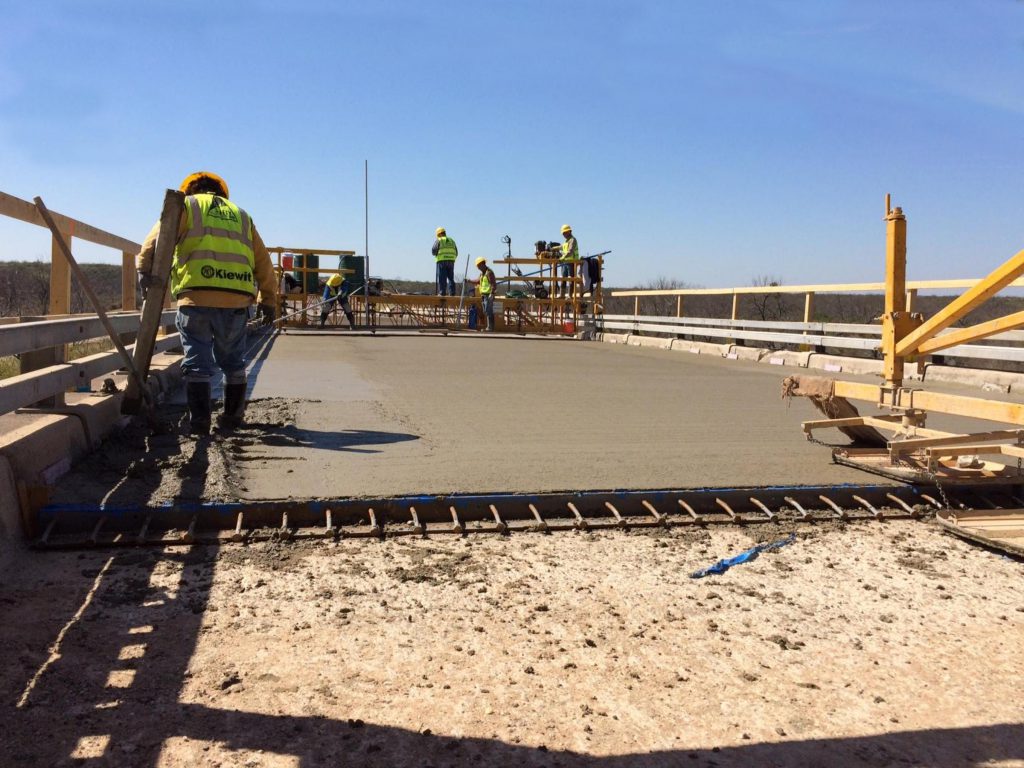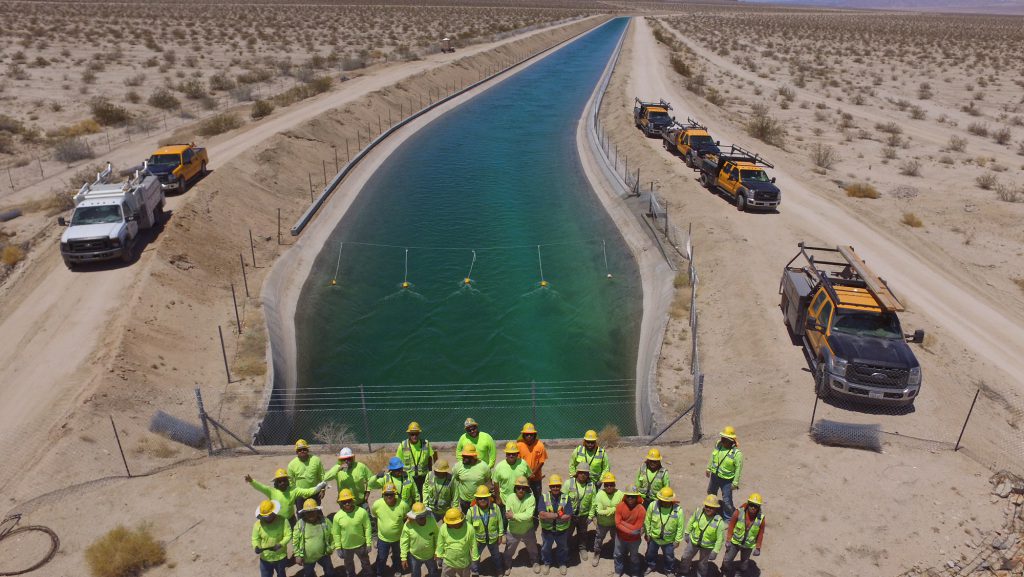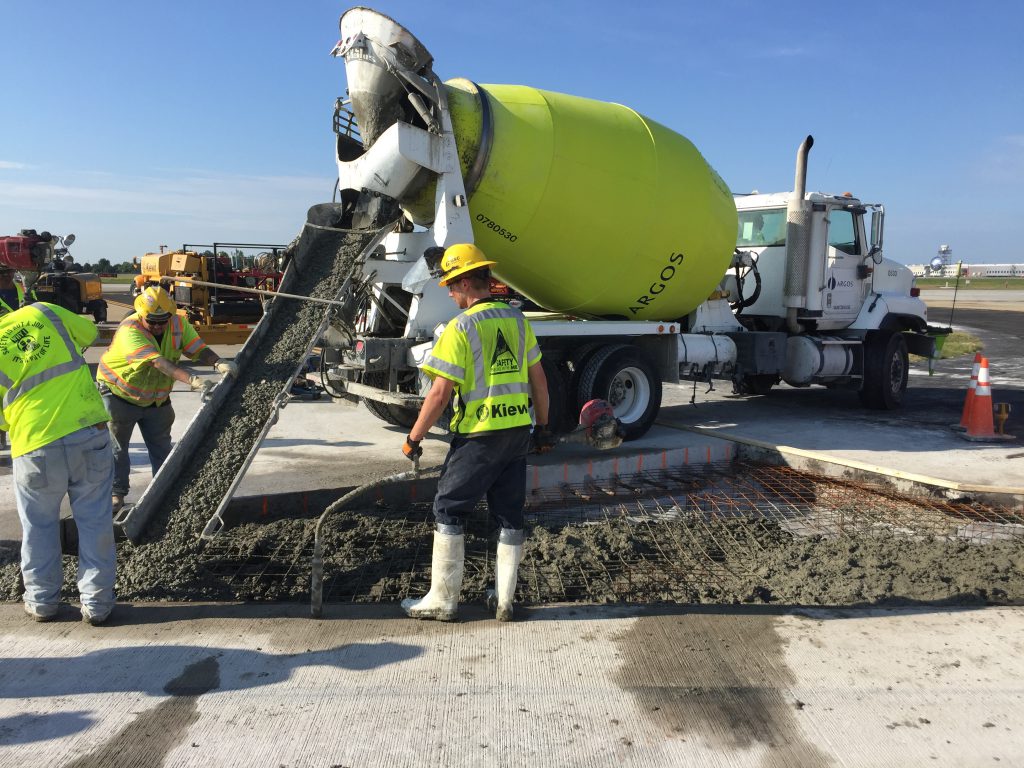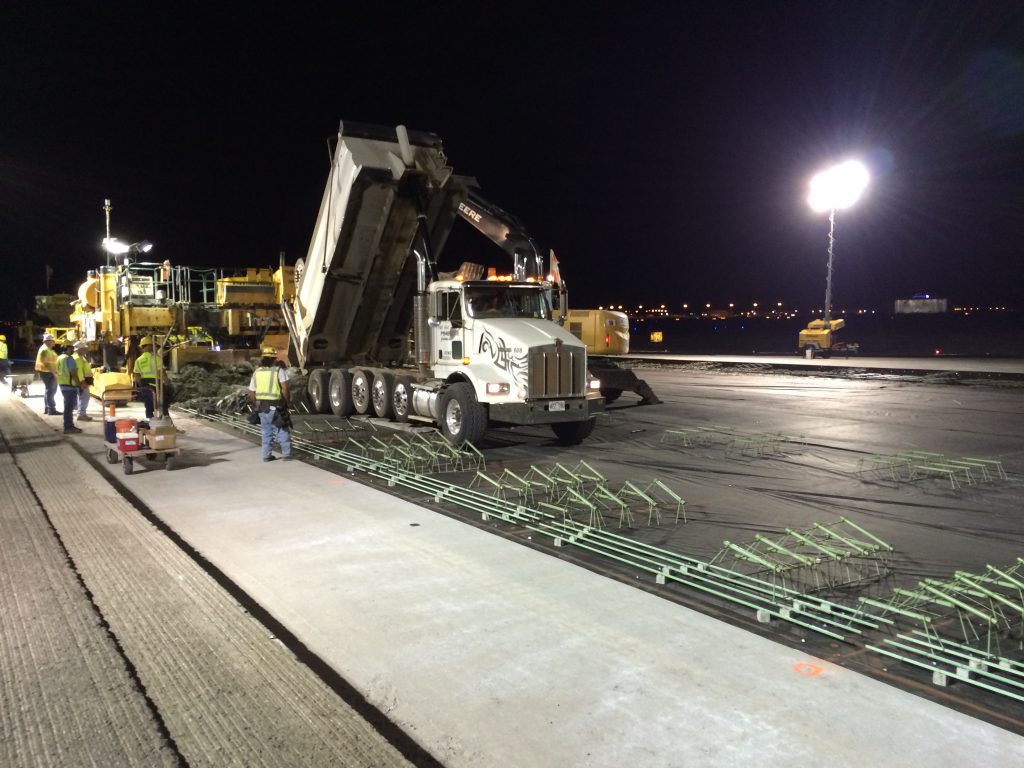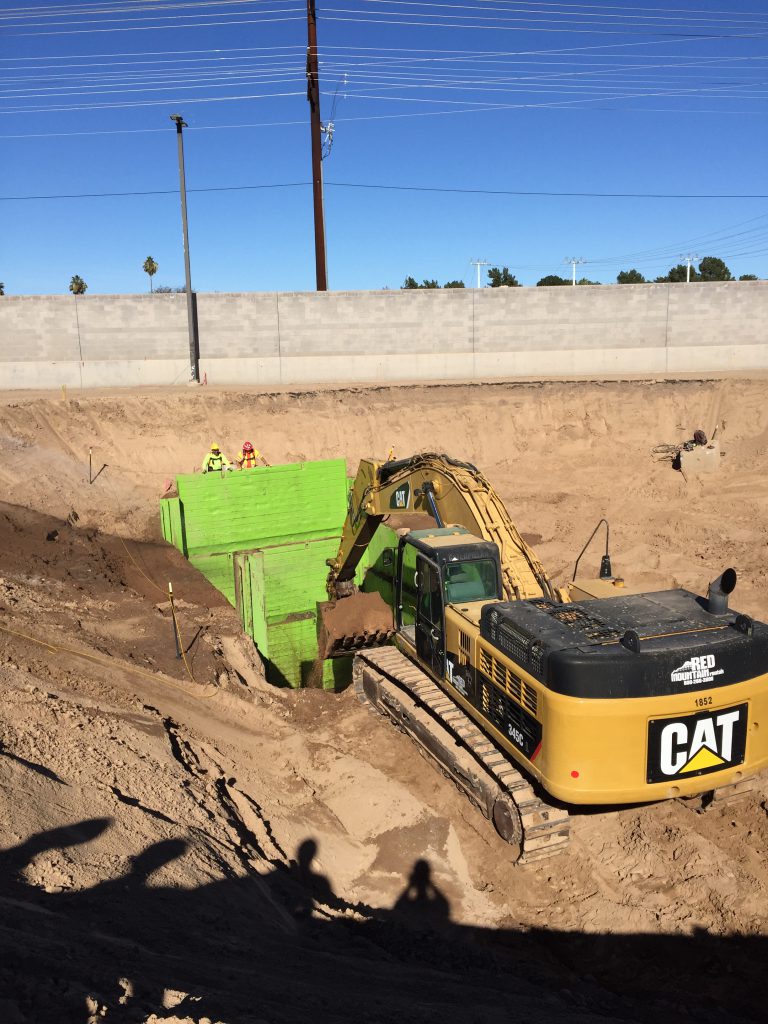Q&A with Kiewit’s chief operating officer, Rick Lanoha
As Kiewit’s chief operating officer, Rick Lanoha oversees the company’s operations, including some of the largest construction and engineering projects underway in North America. Projects of nearly $1 billion or more are more common at the company today than ever before.
But don’t let the big numbers fool you. Lanoha, and any other Kiewit employee for that matter, would be quick to remind you that the company isn’t just a builder of large jobs.
Far from it.
In 2016, more than 50 percent of the company’s contracts were for $10 million or less.
It’s a strategic move made for a variety of reasons, including maintaining organizational stability and providing employees with ample training and development opportunities. In the following Q&A, Lanoha shares his perspective on why Kiewit’s smallest projects play such a big role in the company’s sustained success.
How do you define a small job?
A lot of different factors go into it. We could set the threshold at anything around or below $10 million and that’d be a good initial indicator, but the dollar amount of the contract isn’t all that matters. A $10 million project with a 30-day schedule would be an incredibly large job to take on. It’s less about the dollars and more about the scope of work that has to be completed and the number of Kiewit people it takes to build the job.
Does Kiewit build small jobs in every market?
It’s more common in some markets. For example, our building market has far more jobs below the $10 million threshold than it does above, whereas in our power and oil, gas & chemical markets the opposite is true. Over the past two years or so, we’ve seen construction spending pick back up. That’s exciting for us as we start to see more small projects become available in many of our markets.
Why does the company continue to pursue small jobs when it’s capable of taking on such large ones?
At Kiewit, we talk a lot about being diversified. Sometimes that means by market. We’re building in six major markets and numerous submarkets every day. It also means by geography. We build projects in California, New York and a lot of the states in between. We also do work in Canada, Australia and Mexico. When investment and project availability fluctuate by market and geography, we’re able to adapt.
It’s equally important for us to diversify our work in terms of contract size. Project viability fluctuates based on size, too. In addition, if we only took on billion-dollar jobs, even one unforeseen problem could get us into a lot of trouble. Diversifying brings stability to our organization.
It also has to do with other things, like training and development opportunities available for our employees.
What does training and development look like on a small job?
On large jobs, our employees are often responsible for one or two very specific things. On a small one, they’re involved with nearly everything, from estimating, to securing permits, to working with vendors and suppliers, to overseeing the actual construction. Every day feels like it’s completely different, and the learning is accelerated because the job takes place over a much shorter time frame. You’ve got to learn how to do just about everything, and quickly.
An important part of that is learning how to get support from the sponsor you report to and the rest of the organization when you need it. The individuals we assign to these jobs have proven that they’re ready for the challenge and this next step in their careers. And there’s an incredible network of resources and knowledge across our company to help them along the way, starting with their sponsors, who have inevitably been in their place before.
Do experiences on small jobs translate to work of any size?
These projects are almost always bid-build. We have to be the low bidder to be awarded the contract. Typically, we’re up against five or six bidders, and if you don’t have the best estimate, you don’t get the job. It demands intense attention to detail, which helps build and reinforce good habits that are important when we’re estimating jobs of any size.
As far as actually building the work, even when we talk about our biggest projects, it’s often in terms of breaking them down into small jobs. It allows us to narrow the focus. We can take something that might be overwhelming and turn it into something that’s more manageable.
How did the time you spent on small jobs prepare you for your role today?
The first job I estimated as a sponsor was a small job. I’d worked on a lot of big job estimates, but that was the first time I oversaw the entire process from beginning to end. When you win the job, you see how everything fits together, building that estimate out in the field. You realize how important it is to be accountable and responsible, to yourself and to the entire company. That stuck with me as I moved on to bigger jobs and into my role today.
What do you tell employees about the future of small jobs At Kiewit?
Sometimes I get asked by our younger employees, “Is Kiewit just going to be a big job contractor?” When I answer them, I want my enthusiasm to come across that the most important thing at Kiewit is that we are builders and our people know how to build work successfully. That’s going to be the key forever. We do that by giving the people we hire out of school or who come up through the craft the opportunity to build work and get hands-on experience learning what it takes to be successful. These small jobs are how we provide those opportunities.

